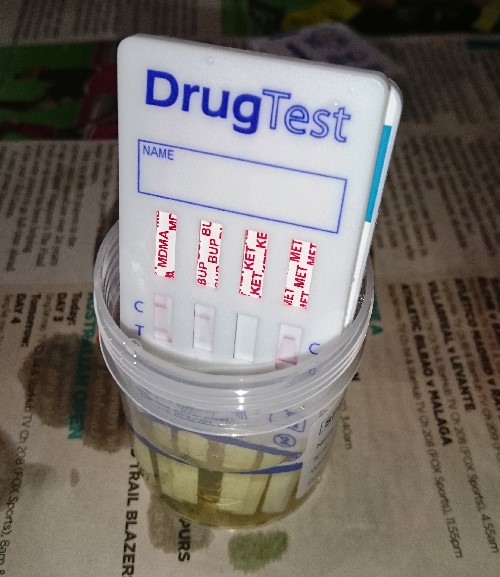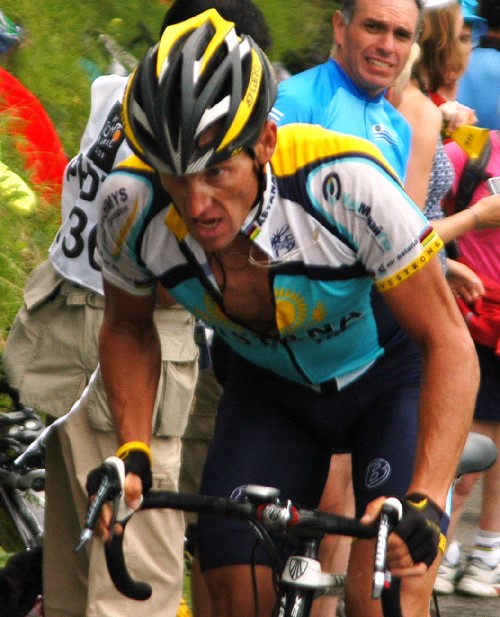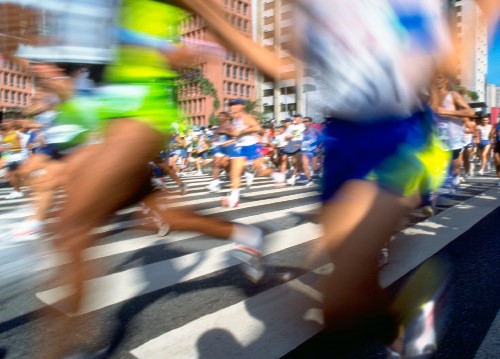Performance-enhancing drugs have plagued sports such as track and field, cycling and road racing for several decades now. There have been numerous well-known athletes who have been mired in scandals related to doping. Of course, you will know about Lance Armstrong, who is the most well-known athlete to be found doping. Other athletes include the winner of the Boston Marathon, Rita Jeptoo, and elite athlete, Eddy Hellebuyck. This is why it is high time that race drug tests become mandatory at all levels.
The History of Doping In Racing
Extensive drug use was reported during the 1952 Helsinki Olympic Games. However, the death of two athletes made the authorities sit up and take notice. A number of anti-doping initiatives were launched as a result. Danish cyclist Enemark Knud Jensen succumbed to death following a race in the 1960 Rome Olympics and British cyclist Tom Simpson collapsed and died during the ascent of Mont Ventoux during the 1967 Tour de France. Both these athletes showed signs of amphetamine use.
Even though anabolic steroid use was common between the 1960s and 1970s, the consumption of steroids was not banned until 1974 when detection technology became accessible. The International Olympic Committee (IOC) initiated a medical committee in 1961 that later published a list of prohibited narcotics and stimulants for the first time. In 1968, drug testing started at the Summer Games in Mexico City and Winter Games in Grenoble, France.

Where Do We Currently Stand?
As technology continues to improve, different drugs have been labeled as prohibited substances for athletes. The World Anti-Doping Agency (WADA) has taken the responsibility for drug testing measures since 2004. Its List of Prohibited Substances and Methods categorizes doping methods as banned at all times, banned in particular sports and banned in-competition only. This list is updated every year and features around 200 prohibited substances. The race drug tests have to be updated to incorporate the new substances which are now banned.
This has left both runners and race organizers concerned about racing’s current doping dilemma. Doping is not just dangerous but it is fairly expensive. EPO is among the most widely used drugs, as it boosts the body’s red blood cell count, enhancing oxygen circulation. In 2012, the world was shocked when seven-time Tour de France winner Lance Armstrong, who was admired for beating testicular cancer, was found guilty of using this banned performance enhancer. Because of this, he faced a lifetime ban from all sports that follow the World Anti-Doping Agency code.
EPO leads to serious blood clots and research estimates even a short training cycle can set an athlete back by up to $5,000. This implies that athletes must possess both money and medical resources for sustained doping. This also means they are not the only ones to be blamed. The 2004 BALCO scandal exposed how doctors were responsible for guarding their customers from being identified.
Moreover, the recent Lilian Mariita case signifies how doping has trickled down even to the amateur level. A Kenyan athlete, Mariita, was found guilty for her second anti-doping rule violation and now faces an eight-year sanction. By this time, she had already collected above $24,000 in earnings by participating in small racing events over the past two years. This shows that it is important that race drug tests be conducted at all levels.

The IAAF is the global body for preventing doping in racing, though each country has its laws and regulations and anti-doping measures. WADA regulates worldwide anti-doping standards and supervises both the IAAF and national agencies. Only around 30 races in the US arrange for professional drug testing. Even there, only the top performers along with some randomly selected participants are tested. In World Marathon Majors (WMM), any female athlete with a finishing time under two hours and 27 minutes, and any male with a time under two hours and 10 minutes has to undergo testing.
Several first-time offenders have received a ban of up to four years. The length may increase with the number of offenses. As the WMM adopts a zero-tolerance policy, an athlete caught doping can never participate in a WMM race ever. The Athlete’s Biological Passport (ABP), the most consistent testing method up to date, was introduced in 2014. The process revolves around long-term monitoring of biological markers in an athlete’s blood and urine. These do not help in detecting specific drugs, but mark any significant changes in an individual’s biology that could point to illegal drug use.

Why Most Racing Events Shy Away From Drug Testing
The reason why most races don’t organize drug testing is to save money. A single drug test is likely to cost around $500 but this could shoot up to $3,000 even if the top three male and female finishers are being tested. The figure touches the $10K mark if we include the costs of labor and a secure location. This is why it becomes fairly hard for small races to arrange drug testing. The entire process is simply avoided as it dramatically affects the prize pool also.
What Needs To Be Done
Although professional athletes support drug testing, race organizers must remember to consider their participants. While larger races offering thousands of dollars as prize money are the only events that take race drug tests seriously, smaller races must also be vigilant. All racing events, big or small, must incorporate drug testing for the love of the sport and to keep the competitive spirit alive.
Keywords: Race drug tests